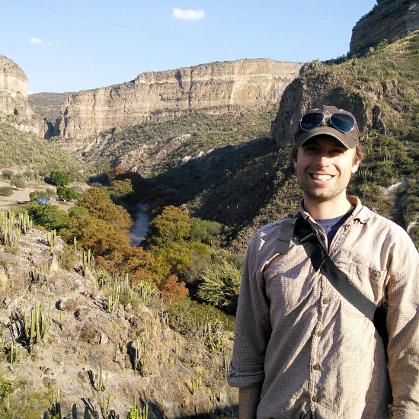
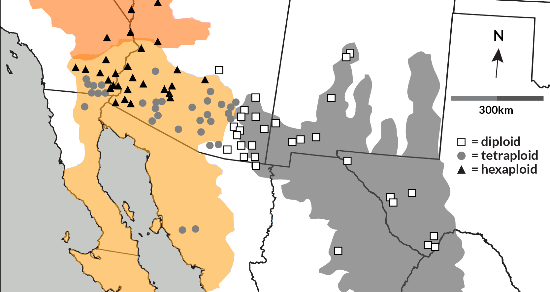
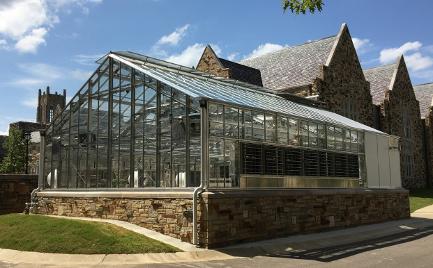
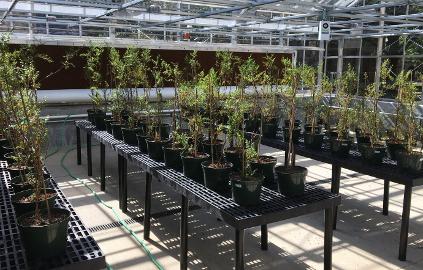
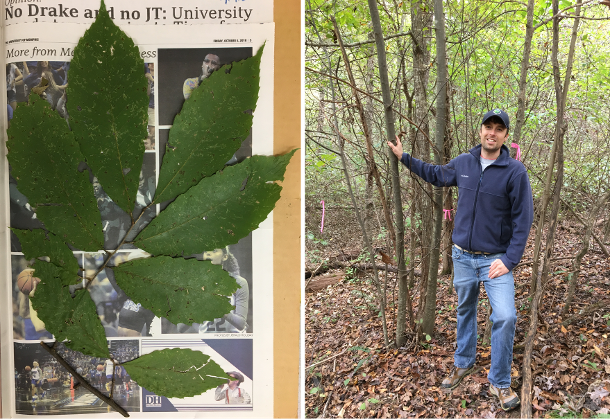

Polyploidy is common in flowering plants, but the ecological consequences of polyploidy, and its influence on patterns of diversification remain unclear. Employing a wide range of tools, including ecological field studies, population genetics, molecular systematics, and greenhouse experiments, I seek to answer questions such as: How does whole genome duplication—polyploidy—shape evolution? Does polyploidy shape patterns of biodiversity? Are plants differing in chromosome complement adapted to different habitats?
The College of Idaho
Department of Biology
2112 Cleveland Blvd.
Caldwell, ID 83605
The North American creosote bush, Larrea tridentata (Zygophyllaceae), is an ecologically important and ubiquitous shrub occurring throughout some of the most arid environments in the southwestern United States and northern Mexico. The species comprises diploids, autotetraploids, and autohexaploids with distributions that roughly correspond to the Chihuahuan, Sonoran, and Mojave Deserts, respectively.

Research over the last few decades has revealed that plant species comprising populations differing in ploidy may represent cryptic biodiversity. However, uncertainty persists over the ecological consequences of whole genome duplication—polyploidy—and whether plants differing in chromosome complement interact with their surroundings in unique ways. One way we are investigating the biodiversity consequences of polyploidy is by characterizing reproductive compatibility between different ploidies in natural common gardens and in the greenhouse where we have established plants representing all three cytotypes of L. tridentata.


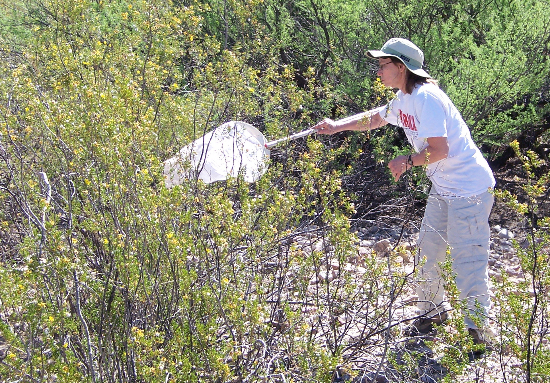
The warm deserts of the southwestern US and northern Mexico are a global biodiversity hotspot for solitary bees, over a hundred of which visit L. tridentata. Many other arthropod herbivores consume L. tridentata, or utilize the plant in some way. In past analyses, we determined that diploid, tetraploid, and hexaploid L. tridentata slightly differ in leaf and flower size, the timing of flowering, and overall appearance. We are now conducting multifaceted field investigations into whether such phenotypic differences influence pollinator visitation and herbivore attacks. Recent findings suggest that native bees of southern Arizona exhibit foraging biases among co-occurring diploid and tetraploid L. tridentata. Interestingly, bee pollinators of co-occurring tetraploids and hexaploids do not seem to have strong biases for either of these cytotypes.
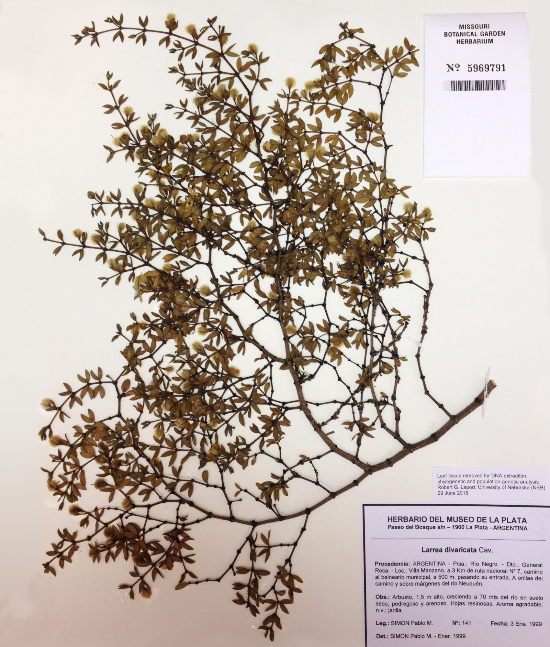
Many species in North and South America are closely related despite having disjunct distributions. For many species that occur on either side of the tropics, these non-continuous distributions are thought to have arisen as the consequence of bird-mediated long-distance dispersal events over the last several million years. The closest relatives to L. tridentata all occur in arid regions of Argentina, Chile, and Bolivia.

The American chestnut (Castanea dentata) was once widespread in eastern North America representing an ecologically important hardwood tree of deciduous forest communities prior to its near-eradication by chestnut blight (Cryphonectria parasitica). However, remnant populations occur throughout much of the historical range, especially in older forests where stump sprouts persist for decades. Research in the lab is focused on discovering new populations of American chestnut near its historical range limits, characterizing the ecology and life-history attributes of remnant populations, and constructing demographic and ecological niche models to better understand the distribution and ecological status of this once common species.
Make a free website with Yola